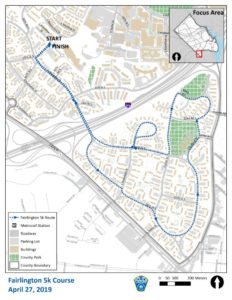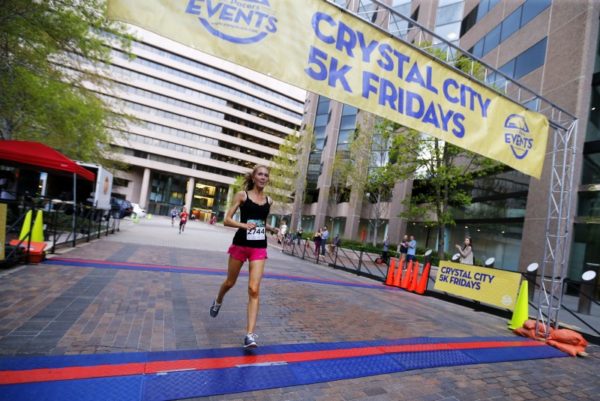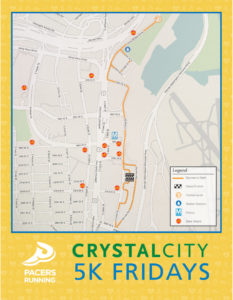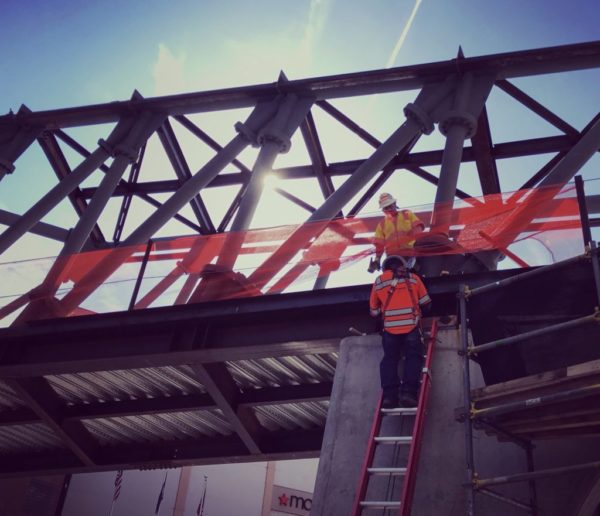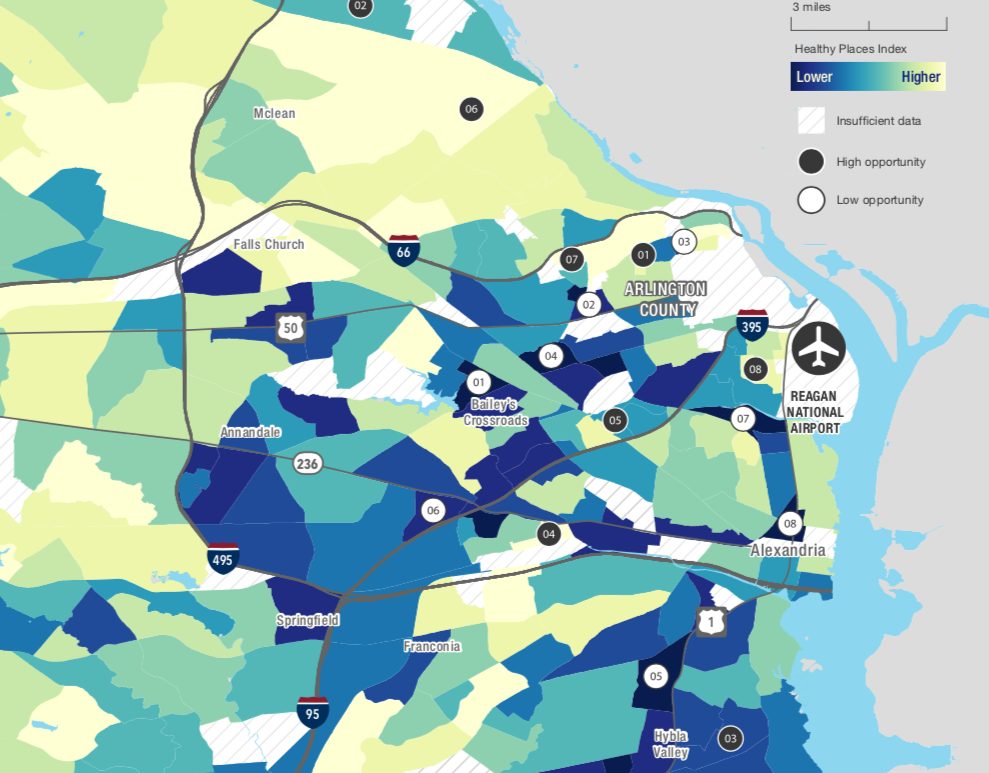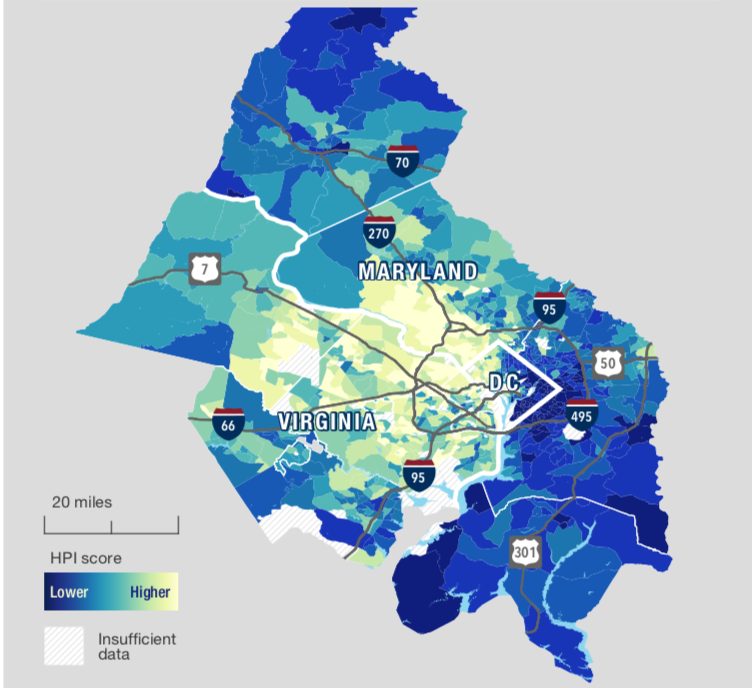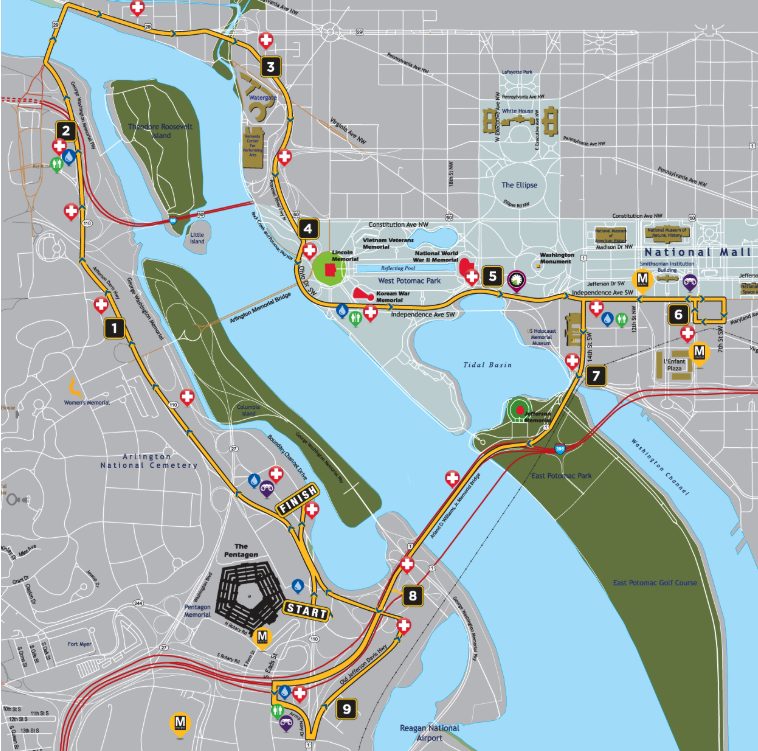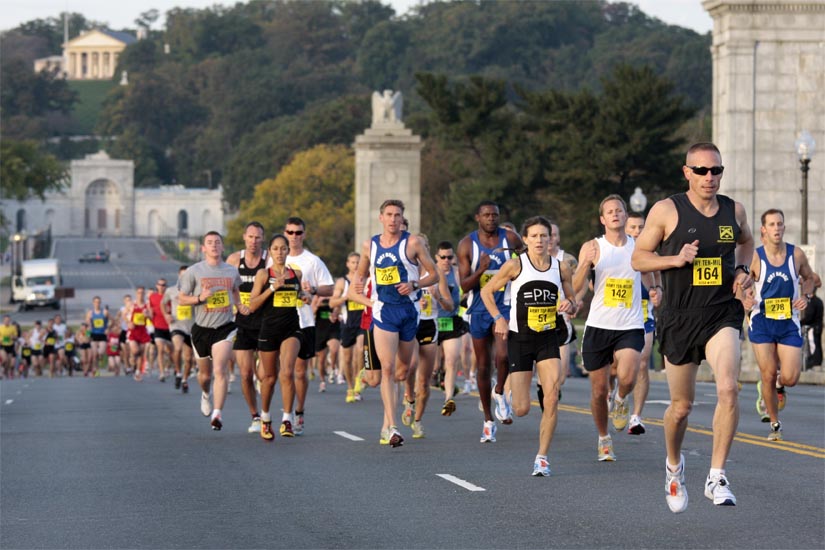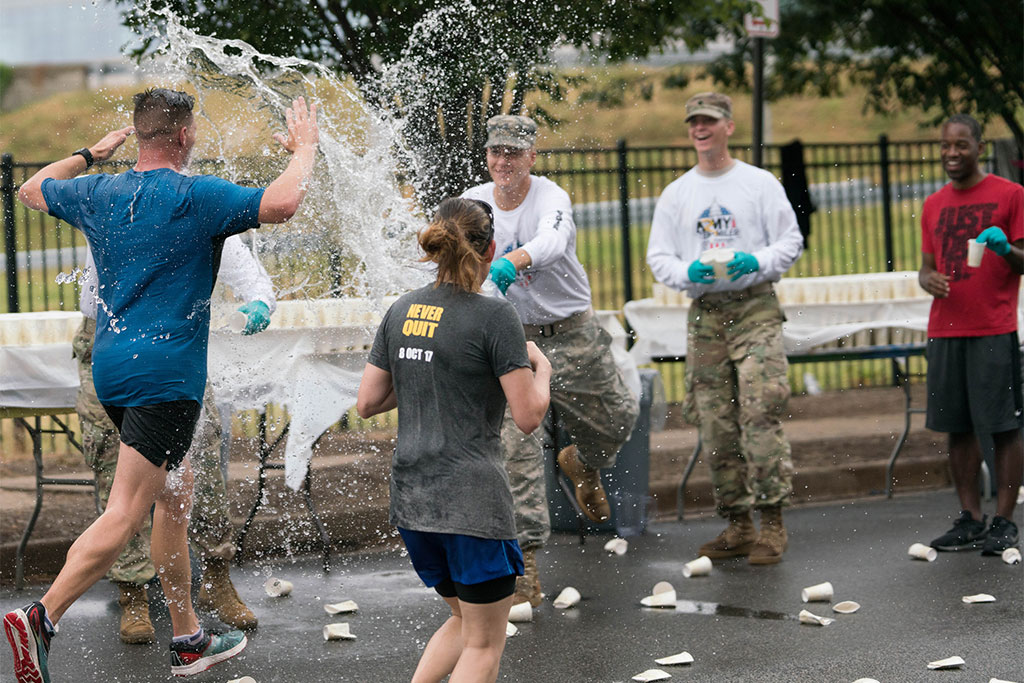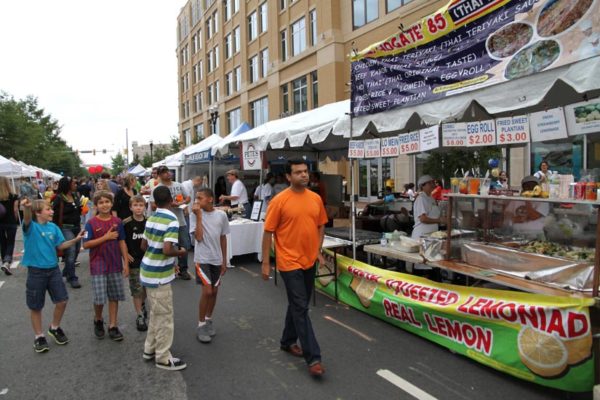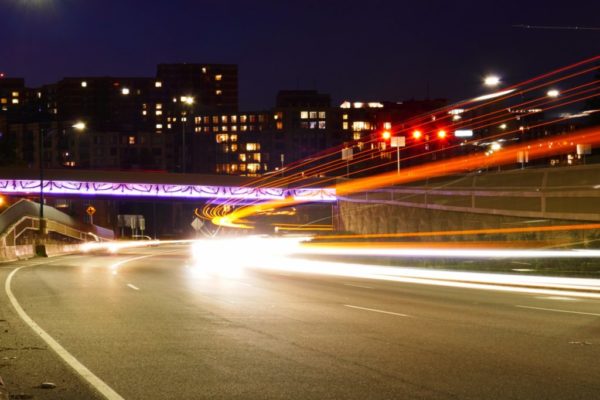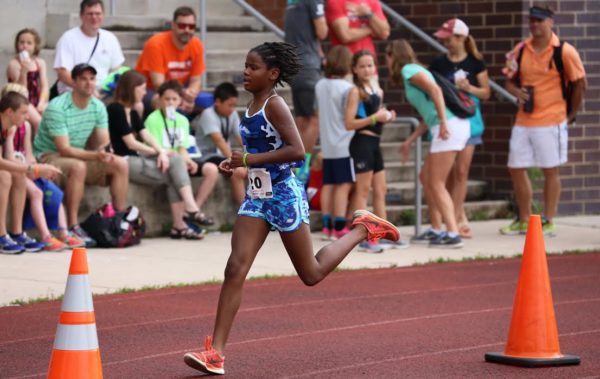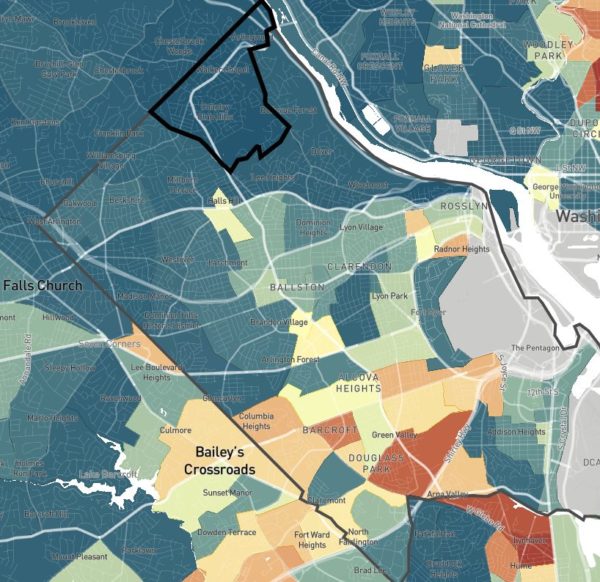
(Updated at 6 p.m.) Striking new research reveals that where children are born in Arlington can have a decades-long ripple effect on their futures, with kids in the county’s more ethnically diverse neighborhoods growing up to make less money and end up in jail at higher rates than their counterparts.
The analysis, compiled by the Census bureau and a team of academic researchers, shows that children born to a family in a wealthy, predominantly white North Arlington neighborhood earn tens of thousands of dollars more, on average, than kids from a more diverse, lower income South Arlington neighborhood. Incarceration rates generally follow the opposite pattern.
These effects largely persist regardless of a child’s race, or the income level of their parents, mirroring results researchers found around the country in creating this new “Opportunity Atlas.” The interactive map combines anonymized data on 20 million people born 30 years ago with granular Census tracts, in order to provide a glimpse of the gaps in opportunity across different neighborhoods nationwide.
Researchers are still sorting out the exact reasons behind these disparities — everything from the quality of local schools to an area’s employment rate could help explain the variations. But officials and public policy analysts increasingly view this data as a key way to guide where government intervention might be most needed to lift people out of poverty, particularly when evaluating which neighborhoods have borne the brunt of decades of racially discriminatory policies.
In Arlington, the atlas helps provide concrete examples of how the split in income levels and diversity between the northern and southern halves of the county affect residents of each neighborhood.
For instance, kids born in the Douglas Park Census tract, an area just off Columbia Pike with the largest share of non-white residents in the county as recorded in the 2010 Census, grew up to record an average household income of $36,000, regardless of their race or income level. That figure is the second lowest in the entire county.
Low-income children, defined as those born to families making $27,000 a year or less, in the area grew up to make $33,000 a year. High-income kids, who were born to families making $94,000 a year, grew up to make about $51,000.
In Nauck, a historically black community, children grew up to earn $34,000 a year, the lowest salary in the county.
Children born to low-income families made $30,000 a year, the lowest figure among that cohort in the county. Kids in high-income families there grew up to make $42,000 a year, again the lowest for the income bracket in Arlington.
People in Nauck are also incarcerated at the highest rate in the county — 4.8 percent of the people studied in the area are currently in jail. That includes 6.9 percent of children born to low-income parents and 1.6 percent of those born to high-income families, rates that are both among the highest in the county.
The results are also striking in the High View Park Census tract, which encompasses the historically black Halls Hill neighborhood, which was literally walled off from its white neighbors for decades in the Jim Crow era.
Kids growing up in the area, of all income levels, went on to make about $44,000 a year, roughly the median for the county. Low-income children, however, recorded the third lowest salary among that group in Arlington, at $29,000 per year. High-income kids went on to make about $57,000 per year, much more towards the county’s median. The neighborhood has the second-highest share of incarcerated residents in the county, with 9.2 percent behind bars.
By contrast, children born in the county’s whitest areas tend to grow up to become considerably wealthier, regardless of their family’s income level.
In the county’s Census tract with the lowest share of non-white residents (an area including neighborhoods like Bellevue Forest, Dover Crystal and Woodmont), children grew up to make an average of $68,000, tied for the second highest salary in the county. Low-income kids recorded that same $68,000 average, as did high-income kids.
Similarly, the county’s second whitest Census tract — an area in Northwest Arlington containing neighborhoods like Country Club Hills and Arlingwood — kids grew up to make $80,000, the highest salary in the whole county. Low-income kids eventually made an average of $51,000 per year, while high-income children made it to $70,000 a year.
And, in the vast majority of the county’s whitest areas, incarceration rates were below 1 percent.
Graphic via Opportunity Atlas



